Read next
The latest news, updates and expert views for ambitious, high-achieving and purpose-driven homeowners and property entrepreneurs.


Home to iconic landmarks, more than 190 museums, and a roster of world-class sporting and entertainment events, it’s fair to say London is one of the most - if not the most - dynamic cities in the world.
And while its architecture and events are certainly part of what makes London so special, if we had to pinpoint it, we’d say the biggest contributor to this electric energy is the cultural diversity of this city.
Let’s take a quick look at the numbers.
Almost nine million people live in London - over 300 languages are spoken here and 41% of us were born outside of the UK. Put plainly, there’s a whole lot of us and we come from a variety of backgrounds.
Despite these statistics, in 2025 architecture in the UK is an industry - like so many others - that continues to be overwhelmingly white and overwhelmingly male.
In this article, we’ll be exploring five of the key reasons why increasing diversity levels in the field of architecture is so essential, and we’ll identify the crucial steps that need to be taken to steer our industry in a more inclusive direction.
Before we get there, let’s take a look at exactly what we mean when we talk about diversity, specifically in an architectural context.
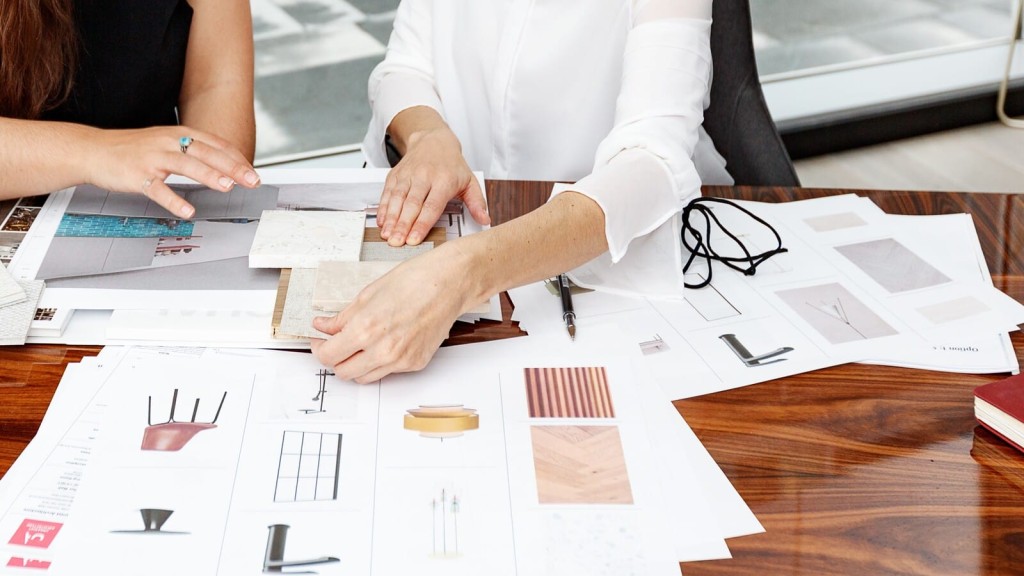
The more diverse your team, the stronger your work will be. In our opinion, this is true of every industry, but it’s particularly true of the one we know best - architecture.
How?
Diversity in terms of race, ethnicity, gender, class, sexuality, and ability allows for a more inclusive approach to design that's crafted from a broad range of perspectives, backgrounds, and experiences.
Sometimes we forget how pervasive design is; everything from the home you live in, to the car you drive, to the coat you wore all winter was crafted by some kind of designer - or a team of designers - each with their own biases around what constitutes good design.
While no one explicitly sets out to design clothes, spaces, or technologies that exclude certain segments of society, the reality is that unconsciously, designers approach their craft through the lens of their own perspectives and life experiences. This informs the design choices we make and in an architectural context, the details of the built environments we create.
Data published last year (2023) by industry regulator, the Architects Registration Board (ARB), confirmed that women are grossly underrepresented in the architecture industry in the UK, making up just 31% of the profession.
Alarmingly, 88% are white, while only 8% are Asian and 1% are Black.
These figures are staggering and are completely out of step with the world around us. It only takes a quick stroll through the streets of London to see we live in a melting pot of backgrounds, and it's therefore crucial that the built environments architects create properly reflect the rich diversity of our population. To do this, we need far greater levels of diversity in our industry.
A key part of increasing diversity in architecture, as we will discuss further in this piece, is addressing the pipeline into the industry and creating more accessible pathways for a broader range of people to enter the profession. The more varied the backgrounds of our professionals, the more inclusive and innovative our design solutions will be - plain and simple.
Now that we've grasped a more clear understanding of what diversity in architecture truly means, let’s examine five of the reasons why diversity in architecture is so pivotal.
The greater the depth of diversity in your team, the more creative, innovative, and inclusive your architectural solutions will be. This is because you’re drawing from the wisdom of a wide range of backgrounds and experiences, whose differing experiences of the world will inherently inform their approach to design.
We all have blind spots in our understanding of the world - for example, an able-bodied person may overlook how the small architectural detail of a lowered bathroom vanity could completely transform the experience of a person who uses a wheelchair. A heterosexual woman may not think about the impact a genderless bathroom could have on a non-binary person and their sense of community belonging.
Though these small design choices may seem minute at a glance, when you stop to consider them properly, you realise they have the power to change a person’s everyday experience, heightening the feeling of inclusivity and increasing their wellbeing.
Ultimately, the more diverse our teams, the better and more creative our design outcomes. Rather than crafting built environments with blind spots, they’ll instead be created with a broader range of people and experiences in mind, allowing all members of the community to feel included and accepted. And in our opinion, that’s the very definition of good design.
One of the questions architects should be regularly asking ourselves is how we can approach design to incorporate more diverse cultural elements, creating inclusive and welcoming environments for people from all walks of life.
A city like London enjoys such richness in the diversity of its people and with this in mind, it makes sense that the spaces we bring to life are crafted sensitively to cater to as many cultures as possible.
A great example of culturally sensitive design is the incorporation of prayer rooms in busy, large spaces like hospitals, airports, and universities. These dedicated rooms allow people to practise their religion as and when needed, signalling that they are welcome and valued in these spaces.
The second thing to consider here is how good architecture embraces design cues from an array of different cultures. Though there is merit in design that draws from tradition, often the most exciting, visually stimulating designs will feature international design characteristics.
An example of this is the recent surge in the popularity of Japandi design - a chic fusion of the best of Japanese and Scandinavian interior styles. By infusing our designs with influences from across the globe, our architectural and design solutions will naturally be more layered, more textured, and more interesting.
As we’re hopefully starting to make clear, diverse design teams are better able to understand and address a broader scope of societal requirements. One area where inclusive design is essential in overcoming societal challenges is for those with additional needs.
The latest available research from the Department for Work and Pensions shows that 16 million people in the UK live with a physical or mental disability - that’s roughly one-quarter of the population.
And while over the last few decades we’ve seen an increase in the integration of design features like ramps and handrails in public spaces for those with various physical disabilities, more recently there have also been steps in the right direction in creating spaces catered to neurodiverse people.
A great example of this type of inclusive design is the sensory room installed at Marvel Stadium last year in Australia. This room, designed with the guidance of medical professionals, is purposed for those who may struggle with the overstimulation of loud noises, bright lights, and the swarms of people that typically go hand in hand with stadium events. While in the past attending major events just may not have been possible for those who struggle with sensory regulation (often people with autism, dementia, and PTSD), this thoughtful style of inclusive design increases accessibility and reinforces the message to neurodiverse people that they are wanted and valued in these spaces.
Ultimately, design has the power to overcome societal challenges and create more harmonious communities by granting everyone the ability to move through public spaces in ways that work for their unique requirements. It’s about considering all people in design, rather than only certain privileged groups.
Though it’s far from the most important motivator, the reality is there are a number of economic benefits to prioritising a diverse approach in architecture, including broadening client bases and producing more innovative, profitable work.
Firstly, diverse workplaces are more dynamic and as we’ve touched on, create a stronger architectural output that more closely reflects the world outside of the four walls of the office. While the quality of work will inevitably be higher because of this, the efficiency of the workplace will also increase.
But don’t take our word for it. Data from Forbes found that diverse teams deliver 60% better results than non-diverse teams and make better decisions in 87% of cases. These numbers tell us all we need to know: a diverse workforce = a higher-performing workforce.
Beyond the output being stronger, which will inevitably increase the likelihood of returning clients and referrals, an additional benefit to prioritising a diverse workforce in architecture is how your clients will view and relate to you. While the industry is currently dominated by white men, your client base simply will not be all white and all male, because that’s not the world we live in.
Therefore, it’s important your prospective clients - who will likely hail from a wide array of backgrounds, because that is the world we live in - see you as inclusive and progressive, rather than old-school and in possession of values that misalign from their own.
On this point, a 2023 study by marketing insights and analytics company Kantar, found that over 53% of the purchasing decisions made by UK consumers are influenced by a brand’s efforts when it comes to diversity and inclusion. We believe this percentage will only grow moving forward, as more consumers see the value in investing in the companies that align with their morals.
The key takeaway? While prioritising diversity is the right thing to do, it’s also the smart thing to do from a business perspective.
The fifth reason diversity is so crucial in architecture is the way it helps to build better, more equitable communities.
But, what is equity?
Put simply, equity equates to fairness. It’s not the same as equality though; rather than treating everyone as equal, equity in an architectural context means creating fair environments that give disadvantaged groups a leg up so that they can enjoy the same level of ease as those more privileged members of the community, who societal systems have long favoured.
As it stands right now, things are far from a level playing field, but shifting our focus to equity will help smooth out the turf and make things fairer by granting greater levels of support to those who are let down by existing structures.
An example of creating a more equitable community could be focusing on creating affordable housing in various typologies, suitable for families of all shapes and sizes. Or perhaps designing infrastructure like community centres and gyms that are accessible for everyone, regardless of income and ability.
In our opinion, fostering equitable communities is one of the most important elements of an architect’s job. Of course, having a team of people from a diverse range of backgrounds is one of the best ways to build these environments, as they’ll each be able to contribute to conversations around what constitutes equitable design and how to best create it.
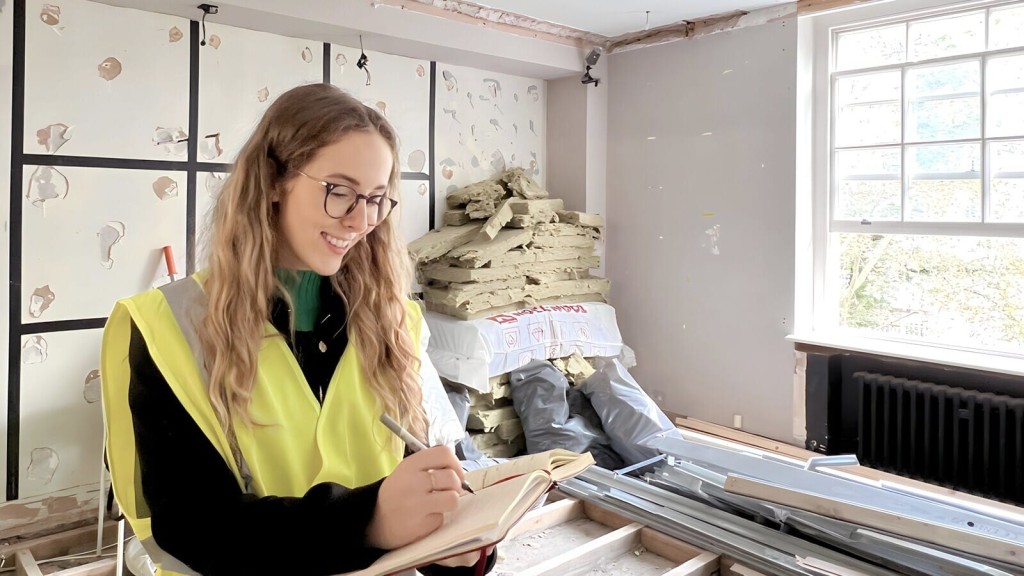
One of the key barriers standing in the way of encouraging greater diversity in architecture is the education system.
Firstly, to get into an architecture course out of school you need excellent grades. If you manage to achieve the results you require - which of course will be easier if you had the means to attend a private school with greater levels of support and guidance - you then need to study for a minimum of five years, which can cost up to £9000 per year.
Naturally, if you don’t live at home and don’t receive financial support, then you’ll need to be working to support yourself, handing those who can fully dedicate themselves to their studies without the need to work a distinct advantage.
Once your in-school studies are finished, you’ll then need to complete two years of work experience, which in most cases won’t pay you a full salary. Again, this means you might have to work nights or weekends to support yourself, preventing you from fully immersing yourself in your architectural work.
Finally, when your studies and work placement have concluded, you reach the final hurdle - finding a job. As mentioned earlier, architecture is a highly competitive profession, so those who have a network they can lean on or who may have existing family connections will have more doors opened to them than those who don’t.
Plus, unconscious racism, sexism, ableism, and ageism mean that often those from more diverse backgrounds will be disadvantaged in an interview setting compared to their white, straight, able-bodied male counterparts.
I think you understand what we’re trying to say; architecture is not an easy industry to crack into for anyone, least of all for those without financial cushioning or family connections.
To help make the industry more accessible for a more diverse range of people, there are several actions the education system and the architecture industry can take, including:
When it comes to diversity within the field of architecture, several case studies stand out as exemplary models of how diversity can be successfully embraced in architectural projects, leading to innovative and inclusive outcomes.
Let’s take a closer look.
One of the most significant projects reflecting diversity and equity in design and construction is the National Museum of African American History and Culture, a collaboration between Freelon (now part of Perkins&Will), Adjaye Associates, and SmithGroup.
This museum stands as a testament to the commitment to equity, diversity, and inclusion (EDI) from its inception and showcases how architecture can serve as a powerful tool in representing cultural identity and history while promoting greater equity and inclusion within the built environment.
One of our directors, Ufuk Bahar, highlights the ongoing issue of gender bias in architecture, underscoring the importance of addressing gender equity in the architectural and construction industries.
Despite advancements in technology and sustainability, the prevalence of gender discrimination remains an old issue that persists, impacting the overall experience of female architects and engineers.
This challenge highlights the need for a more inclusive approach to not only architectural design but also the construction process itself, ensuring equal opportunities and treatment for all genders.
The Royal Architectural Institute of Canada (RAIC) presents four case studies exemplifying best practices in architectural co-design and building with First Nations people.
These case studies sought to establish the best practices in architectural co-design and collaboration between architects and Indigenous communities, to move forward in creating spaces that truly reflect the values, traditions, and aspirations of those communities.
Through a process of co-design, these projects have been able to integrate Indigenous peoples' connection to the natural world, traditions, and culture into the architectural design, leading to buildings that support community needs and promote cultural reclamation and growth.
Each of these examples not only highlight the critical role diversity plays in the field of architecture but also underlines the broader implications for social equity and inclusion. By prioritising diverse voices and perspectives in the design and construction process, architecture can more effectively serve and represent the varied fabric of our global society.
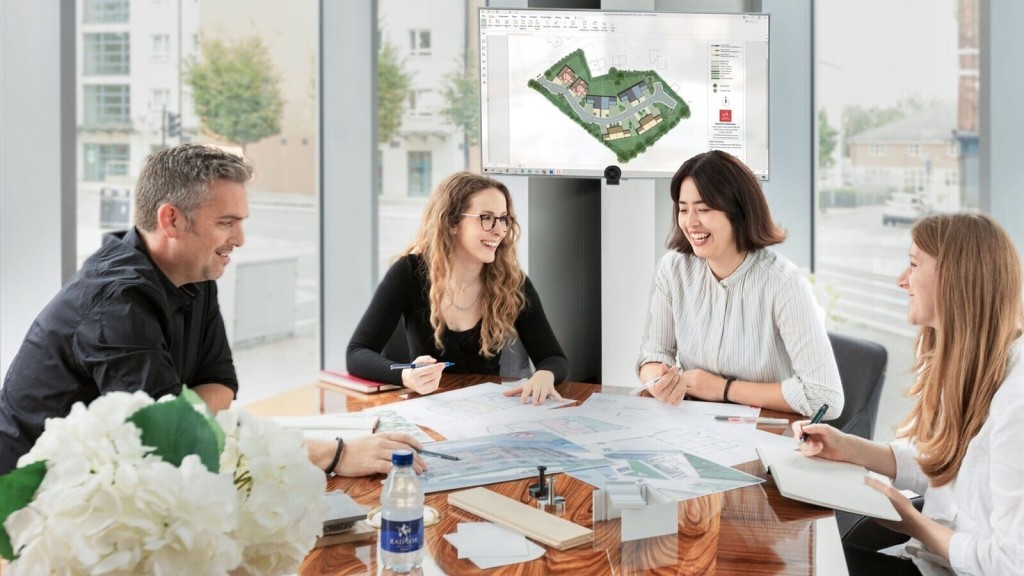
Hopefully, by now you’re convinced - if you weren’t already - that diversity and inclusion are of paramount importance in architecture, and we as an industry need to be better.
Listed are a few of the ways employers can make a difference in their workplaces:
Diversity in architecture matters. Not only is prioritising diversity the right thing to do socially and financially, it’s also the key to creating more innovative and inclusive built environments, which in turn creates more inclusive, happier communities. And isn’t that what so many of us got into the industry to do?
To recap, the five key reasons why diversity in architecture matters are:
Of course, architecture isn’t the only industry that benefits from improving its levels of diversity to create more inclusive, innovative outcomes. To our mind, all industries are improved the wider the range of voices and ideas. And beyond being the right thing to do, building companies that echo the diversity of the world around us just makes good business sense.
If you’d like to learn more about our multidisciplinary team of architects and town planners, please don’t hesitate to get in touch. And if you fancy some further design-related reading, we’d strongly suggest a flick through our library of expertly written articles. We’ve written over 150 blogs, all related to architecture, planning, and design, and if you enjoyed this article, we’re sure you’ll enjoy our others.

Project Architect Sky Moore-Clube BA(Hons), MArch, AADip, ARB is a key member of our architectural team, with a passion for heritage homes and interior design, along with a strong instinct for ultra-creative extensions. She brings a fresh yet thorough approach to everything she designs.
We look forward to learning how we can help you. Simply fill in the form below and someone on our team will respond to you at the earliest opportunity.
The latest news, updates and expert views for ambitious, high-achieving and purpose-driven homeowners and property entrepreneurs.
The latest news, updates and expert views for ambitious, high-achieving and purpose-driven homeowners and property entrepreneurs.


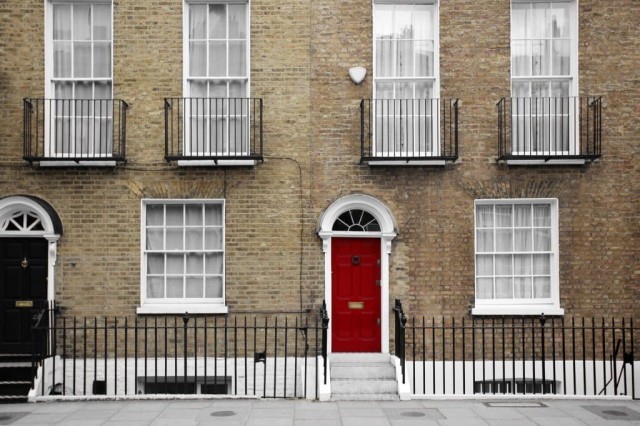
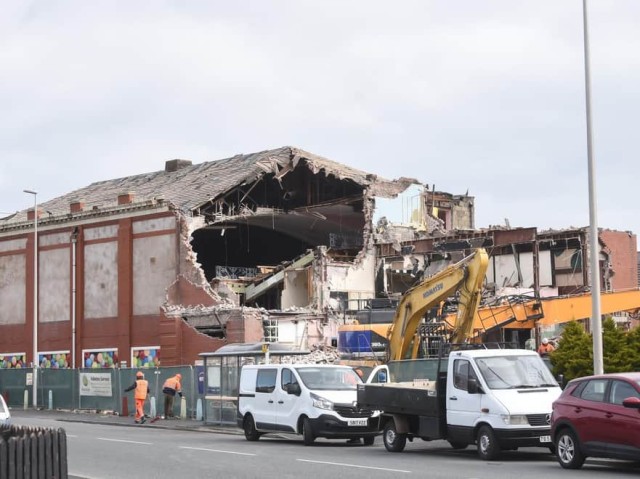
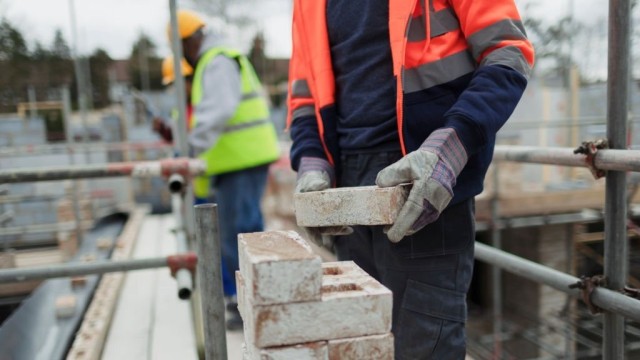
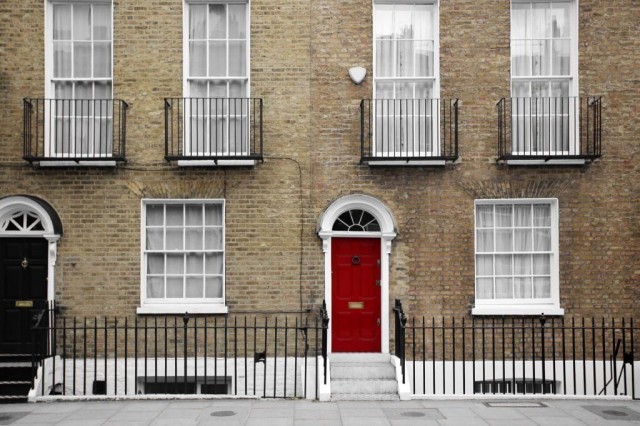

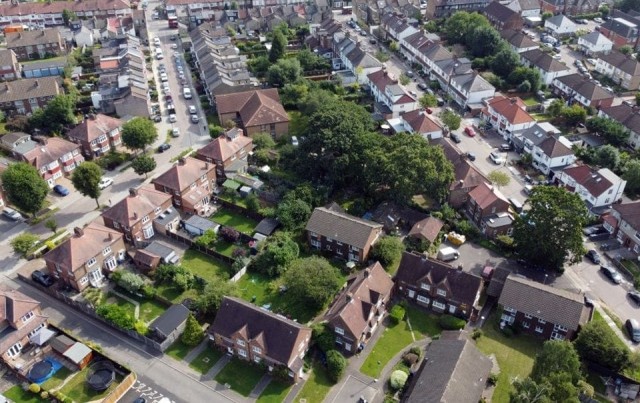
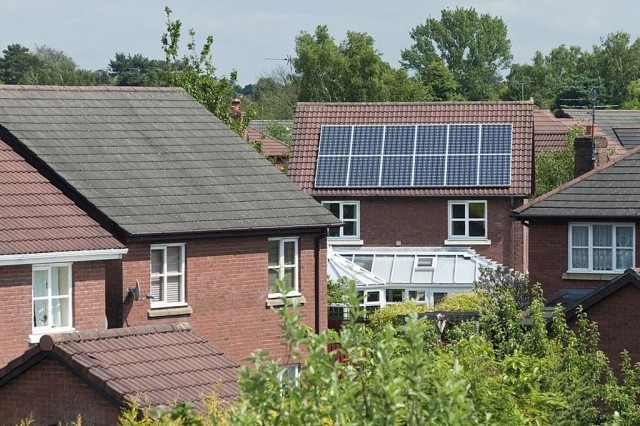
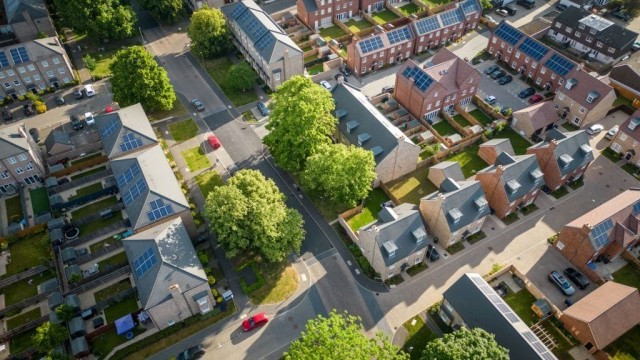
We specialise in crafting creative design and planning strategies to unlock the hidden potential of developments, secure planning permission and deliver imaginative projects on tricky sites
Write us a message